Complete & Incomplete Sentences
In English language arts, sentences are a fundamental unit of communication. Understanding the difference between complete and incomplete sentences is crucial for effective writing and communication. Let's explore the characteristics of each type of sentence and how to identify them.
Complete Sentences
A complete sentence, also known as an independent clause, contains a subject, a verb, and expresses a complete thought. It can stand alone as a coherent expression.
Example of a complete sentence: "The cat is sleeping."
To determine if a sentence is complete, ask yourself:
- Does it have a subject and a verb?
- Does it express a complete thought?
Incomplete Sentences
An incomplete sentence, also known as a fragment, is missing one or more essential components, such as a subject, a verb, or a complete thought. It cannot stand alone as a complete expression.
Example of an incomplete sentence: "Running down the street."
To identify an incomplete sentence, check if it lacks:
- A subject
- A verb
- A complete thought
Study Guide
Here are some tips for identifying and constructing complete and incomplete sentences:
- Always check for a subject and a verb in a sentence.
- Ensure that the sentence expresses a complete thought and is not a fragment.
- Practice combining incomplete sentences to form complete ones.
- Use punctuation and conjunctions to connect incomplete sentences and make them complete.
Understanding the distinction between complete and incomplete sentences is essential for clear and effective communication. By mastering this concept, you'll improve your writing and language skills.
Now that you understand the difference between complete and incomplete sentences, you can confidently apply this knowledge to your writing and communication.
Happy learning!
[Complete & Incomplete Sentences] Related Worksheets and Study Guides:
.◂English Language Arts Worksheets and Study Guides Second Grade. Complete & Incomplete Sentences

 Activity Lesson
Activity Lesson
 Activity Lesson
Activity Lesson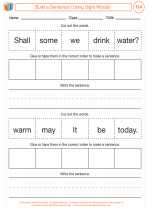
 Activity Lesson
Activity Lesson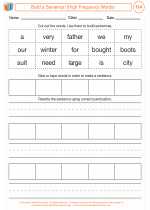
 Worksheet/Answer key
Worksheet/Answer key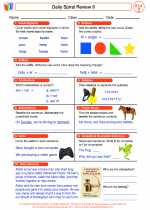
 Worksheet/Answer key
Worksheet/Answer key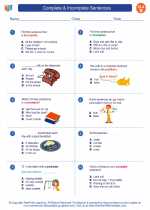
 Worksheet/Answer key
Worksheet/Answer key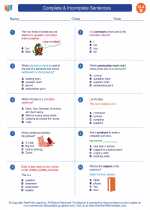
 Worksheet/Answer key
Worksheet/Answer key
 Worksheet/Answer key
Worksheet/Answer key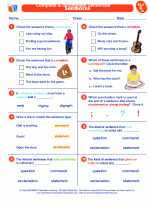
 Worksheet/Answer key
Worksheet/Answer key
